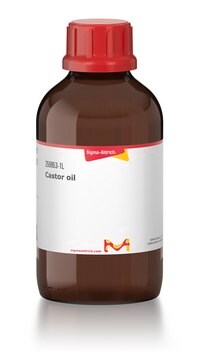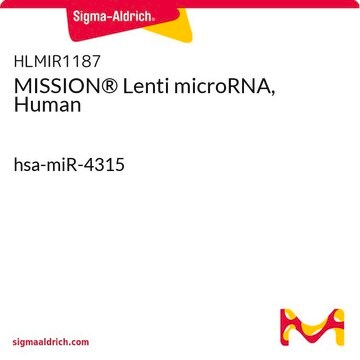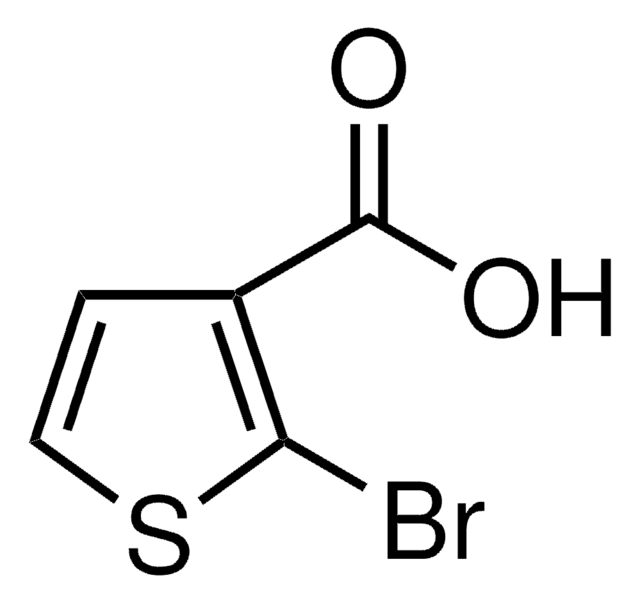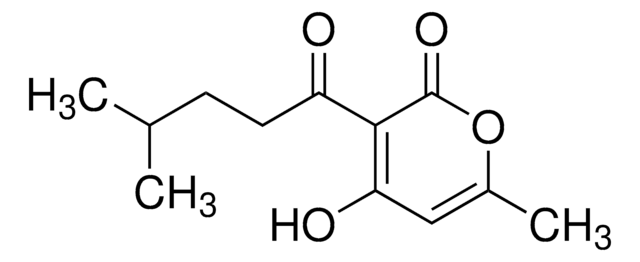W530285
Sunflower oil
Certified organic (NOP)
Synonym(s):
Sunflower seed oil from Helianthus annuus
Sign Into View Organizational & Contract Pricing
All Photos(1)
About This Item
grade:
Certified organic (NOP)
Kosher
Kosher
food allergen:
no known allergens
Recommended Products
grade
Certified organic (NOP)
Kosher
refractive index
n20/D 1.475
application(s)
flavors and fragrances
Documentation
see Safety & Documentation for available documents
food allergen
no known allergens
Organoleptic
fatty; waxy
Looking for similar products? Visit Product Comparison Guide
General description
Sunflower oil, a widely used vegetable oil, is obtained from the seeds of sunflower plant (Helianthus annuus). It is generally composed of fatty acids such as linoleic, stearic, oleic and palmitic acid. It also contains high amounts of α-tocopherol.
Legal Information
Certified organic by MOSA
Supplementary Hazards
Storage Class Code
10 - Combustible liquids
WGK
WGK 3
Flash Point(F)
>230.0 °F
Flash Point(C)
> 110 °C
Personal Protective Equipment
dust mask type N95 (US), Eyeshields, Gloves
Choose from one of the most recent versions:
Already Own This Product?
Find documentation for the products that you have recently purchased in the Document Library.
Influence of seed development and seed position on oil, fatty acids and total tocopherol contents in sunflower (Helianthus annuus L.).
Turkish Journal of Agriculture and Forestry, 29(3), 179-186 (2005)
Sunflower: Chemistry, Production, Processing, and Utilization (2015)
Minzhong Yu et al.
BioMed research international, 2018, 4374087-4374087 (2019-01-16)
Lutein, RR-zeaxanthin, and RS-zeaxanthin (L-Z) are antioxidants which can reduce endoplasmic reticulum stress (ERS) and oxidative stress (OS), and ameliorate neurodegenerative diseases. However, their treatment effect in the Pde6b
Nagarajan Lakshmipriya et al.
International journal of food sciences and nutrition, 64(2), 131-139 (2012-10-03)
There is little data on the type of vegetable oil used and the prevalence of metabolic syndrome (MS) in Asian Indians. Food frequency questionnaire was used to document the type of cooking oil in 1875 adults in Chennai city. MS
Francis Alarcón et al.
Talanta, 103, 361-370 (2012-12-04)
The possibility of simultaneously determining seven concerned heavy polycyclic aromatic hydrocarbons (PAHs) of the US-EPA priority pollutant list, in extra virgin olive and sunflower oils was examined using unfolded partial least-squares with residual bilinearization (U-PLS/RBL) and parallel factor analysis (PARAFAC).
Our team of scientists has experience in all areas of research including Life Science, Material Science, Chemical Synthesis, Chromatography, Analytical and many others.
Contact Technical Service








